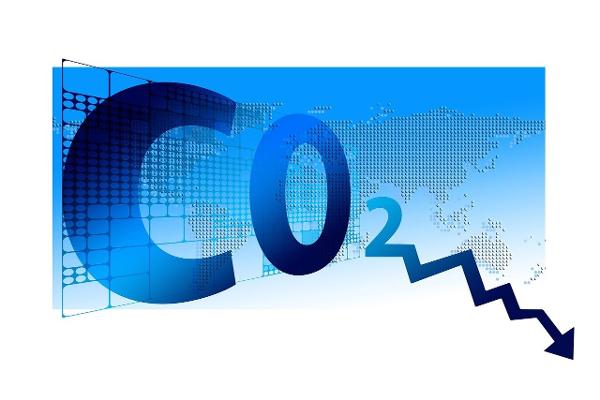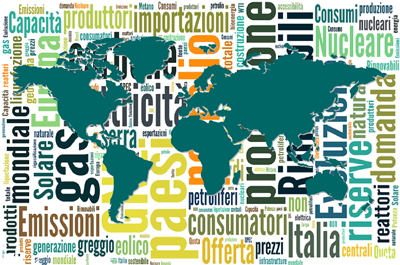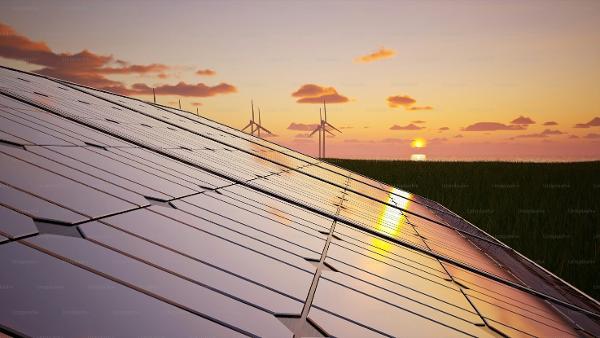European carbon price had a rough start in 2024, averaging €63/t in the first four months after plunging to almost €50 late February. This is €22 below the average price in 2023, despite that this year is expected to an exciting year in the EU ETS with implementation of the ambitious ETS reform under the Fit for 55 legislative package and inclusion of maritime sector. However, carbon price was rattled by the weak fundamentals, and only began to recover since April, currently staying around €70.
On one hand, demand for allowances were dented due to the large drop in emissions as a result of sluggish economic activities, robust renewables output denting fossil generation and low natural gas prices squeezing coal generation in Europe. In 2023, EU ETS emissions recorded the largest annual drop since its launch in 2005, falling 15.5% year on year. The same picture is expected to persist in 2024 with power sector emissions falling further driven by renewables deployment, as already shown in data from the first quarter. The silver lining of the drop in emissions is that some of the emission reductions in industrial sectors are driven by efficiency improvement and decarbonisation measure adopted due to the higher carbon prices in recent years. This showcased the role of the EU ETS: incentivize climate efforts.
On the supply side, the effects of the 100 Mt decline in 2024 EU ETS Cap have been largely offset by the increase in auctioning volumes owing to EU frontloading more allowances to fund REPowerEU. Moreover, the change in yearly compliance deadline from 30 April to 30 September from 2024 have impacted the seasonality in EU ETS and postponed some last minute buying by compliance entities from the spring to autumn. At the same time, maritime operators might have not begun to purchase allowances since they only need to surrender allowances in September 2025.
Another proof of the poor foundamentals is the bearish view among financial investors, shown in the weekly Commitment of Traders data published by exchange ICE Endex. The positions in EUA derivatives of Investment Funds are viewed as an important gauge measuring the sentiment among financial investors. Their net positions fell into negative territory since late 2023 and hit record net shorts of 33 Mt in March 2024, alongside the deteriorating foundamentals in EU carbon market. This is in stark contrast to the period in 2019-2022 when their net positions have largely stayed net long, coinciding with the rising EUA pries then. At present, there are signs that financial investors are switching to more positive view again, continuously trimming their short positions whilst adding long positions since mid-April.
In recent month, natural gas price and EU carbon price have shown tight correlations, moving in lockstep during most sessions. The major reason is the gas-carbon-coal dynamics in the power sector, so call fuel-switching. Rising gas prices will make emission-intensive coal-fired generation more competitive and utilities then need to buy more allowances, supporting carbon prices. Similarly, higher carbon price will curb the competitiveness of coal in power generation and favor gas consumption, lifting gas price. Moreover, with the gas and LNG industry increasing embracing decarbonisation challenges and investing in low-carbon solutions and fuels, European carbon allowance is attractive as an instrument to hedge risks for these decarbonisation portfolios. During some trading sessions, it is difficult to tell if gas leads carbon or carbon affects gas price, like chicken-and-egg. But the factors above mean that we will likely see gas and carbon prices sticking to this pattern of moving hand in hand. If European gas prices move up due to supply-side shocks or geopolitical tensions, that might pull up carbon price too. That said, in the event of severe escalation of conflicts which leads to liquidation of assets in wider financial markets, carbon price is more likely be adversely impacted, as in August 2022.
What’s the outlook for EU carbon price for the rest of 2024? Gas price is the joker. The EU elections in June could inject some volatilities too. LSEG carbon research team expects price to average €70/t in 2024, gradually recovering in coming months with entities preparing for compliance in September, and improvement in industrial activities owing to the softer gas and electricity prices this year so far. EU GDP is expected to grow 0.9% this year and inflation is likely stay elevated. The pace of industrial recovery is however still uncertain, and a faster rebound might support carbon price later this year. But the upside is limited by the healthy auction supply this year due to REPowerEU sales. In particular, since the revenues from allowance sales have fallen due to lower carbon prices, market participants will watch if policymakers will frontload more auction supply next year or 2026 to plug the gap.




















